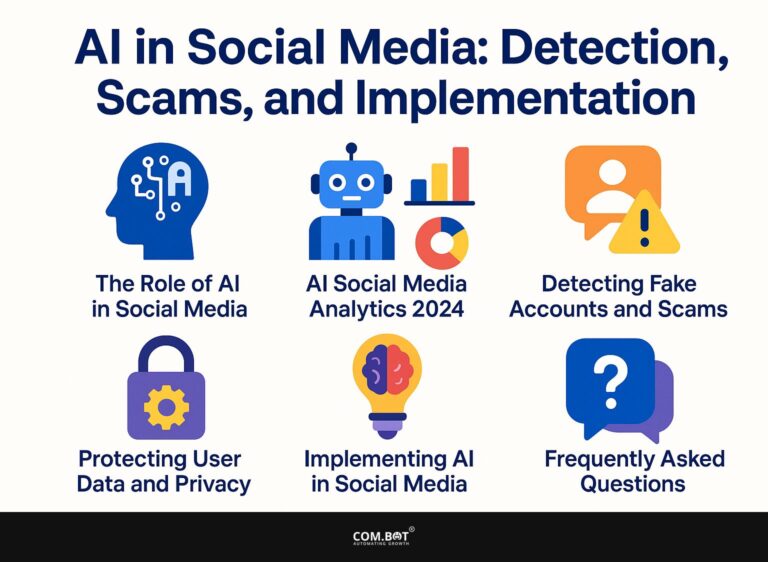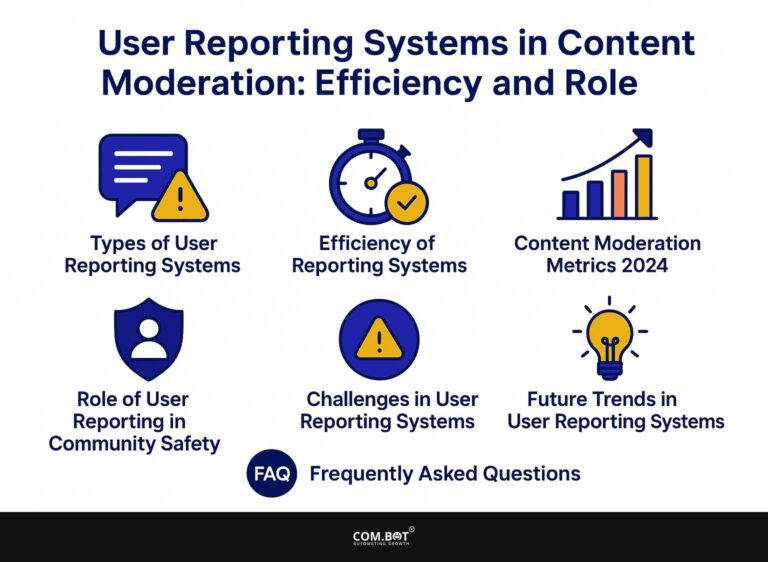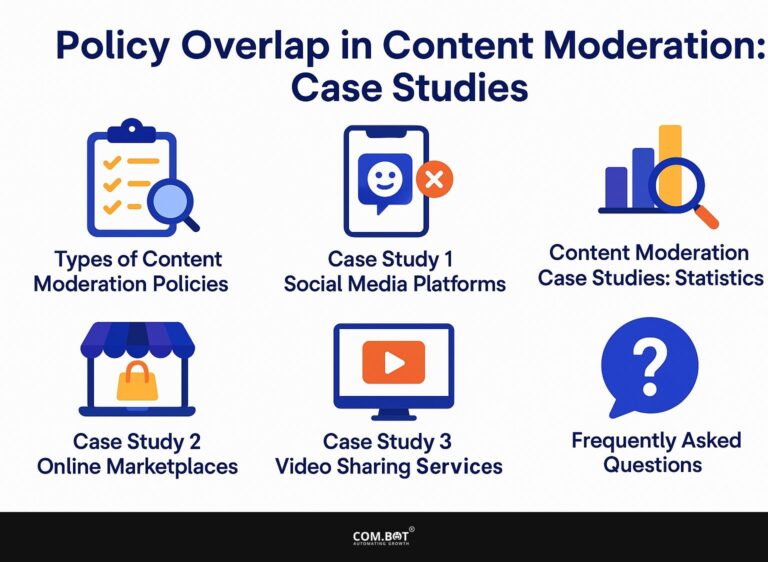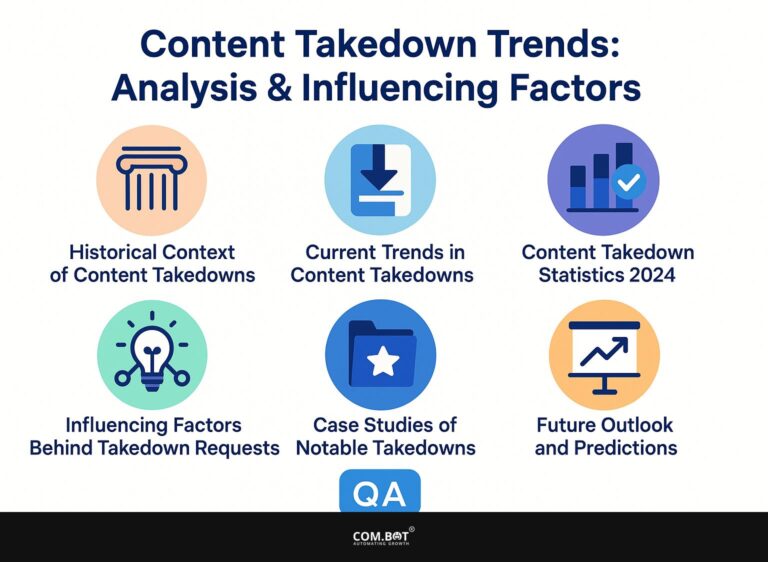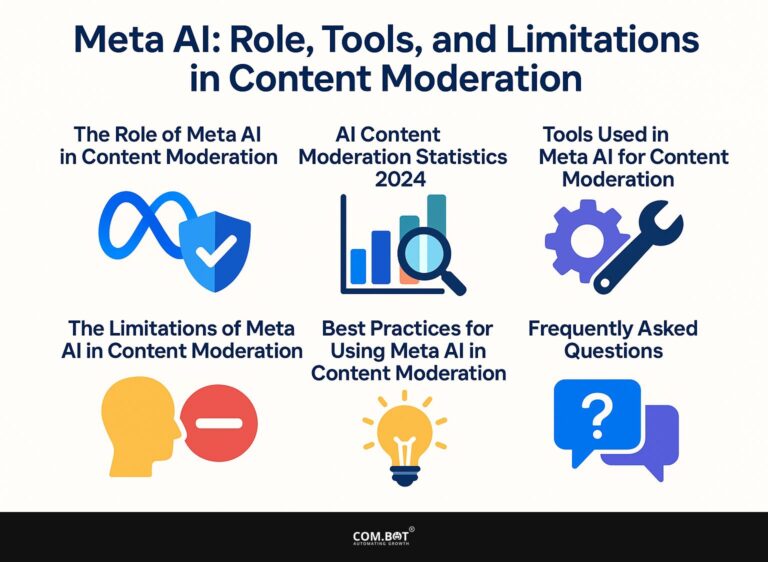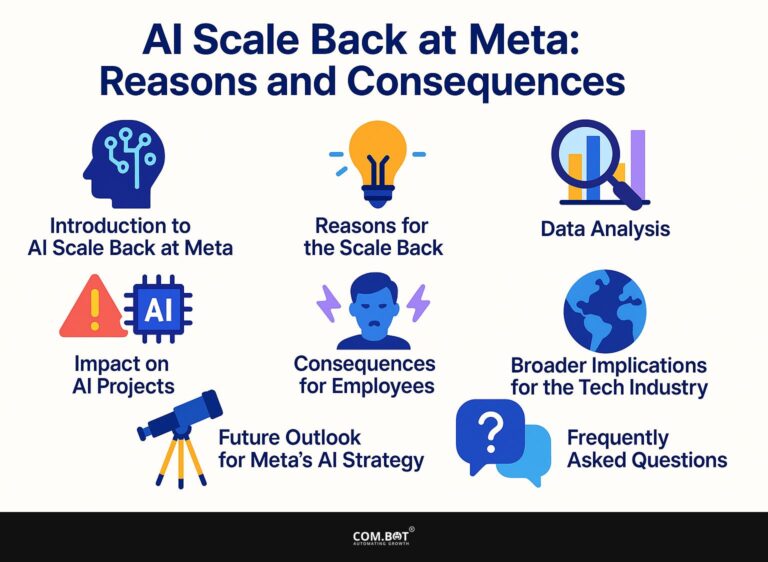Content Moderation: User, Community, and Spend-Based Strategies
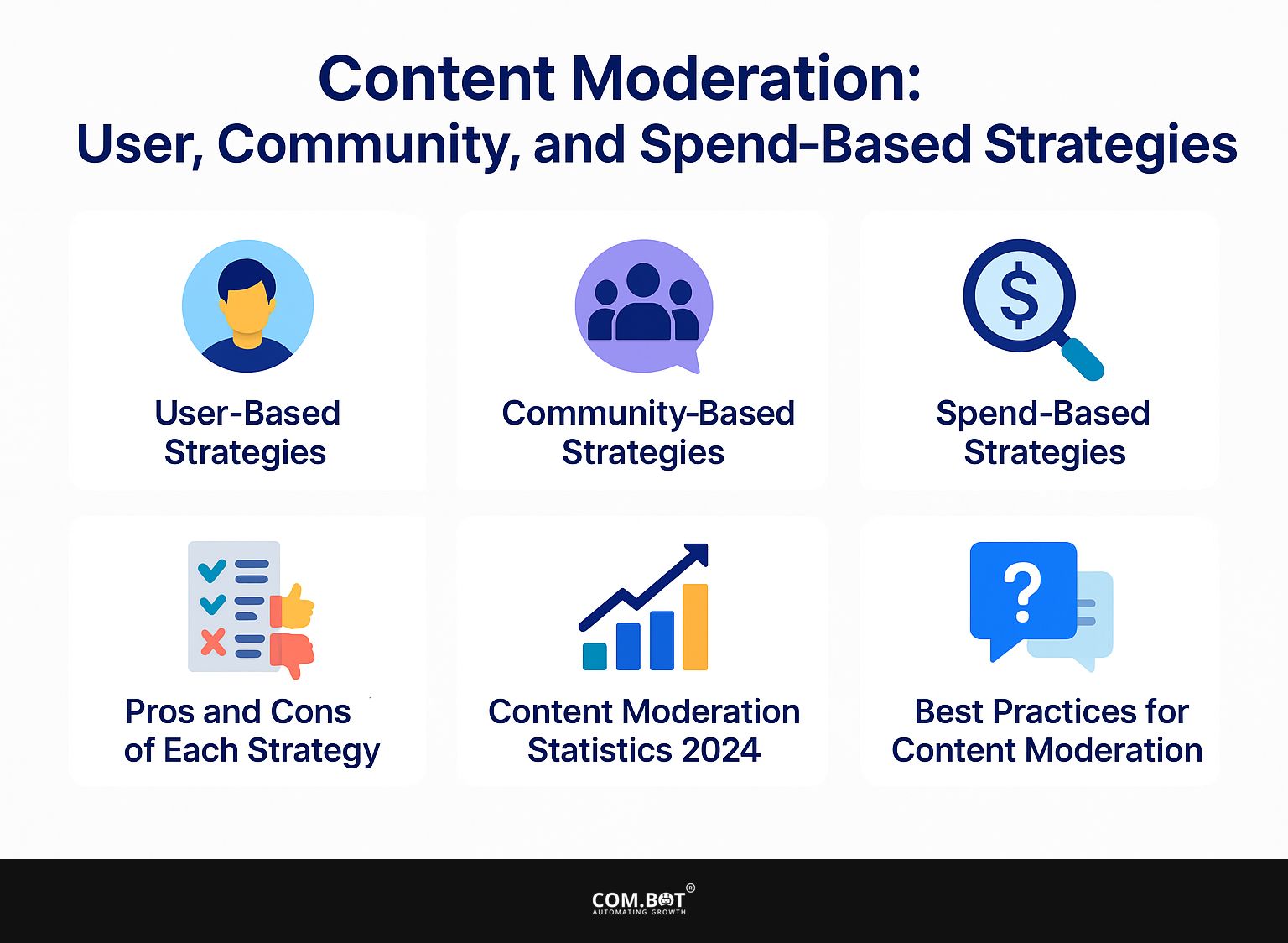
In today’s digital landscape Content moderation is important for keeping healthy online environments. This article looks at different methods, from user-based techniques that allow people to control their own experiences to community-driven approaches that foster collective responsibility.
It also examines spend-based strategies that use financial rewards for successful moderation. By comparing the pros and cons of each method, the aim is to highlight best practices that can make content moderation more effective, ensuring a safer a more interesting online place for all users.
Key Takeaways:
- User-based strategies are focused on moderating individual user behavior through techniques such as warnings, suspensions, and bans.
- Community-based strategies involve moderating online communities through methods like community guidelines, moderation teams, and user flagging systems.
- Spend-based strategies use financial incentives to encourage users to moderate their own content and participate in community moderation efforts.
- 1 User-Based Strategies
- 2 Community-Based Strategies
- 3 Spend-Based Strategies
- 4 Pros and Cons of Each Strategy
- 5 Content Moderation Statistics 2024
- 6 Content Moderation Statistics 2024
- 7 Best Practices for Content Moderation
- 8 Frequently Asked Questions
- 8.1 1. What is content moderation and why is it important?
- 8.2 2. What are user-based content moderation strategies?
- 8.3 3. How does community-based content moderation work?
- 8.4 4. What are the benefits of spend-based content moderation?
- 8.5 5. How can content moderation help prevent online harassment and cyberbullying?
- 8.6 6. What are some challenges and limitations of content moderation?
What is Content Moderation?
Content moderation is an important task used by online groups and platforms to keep their spaces safe and interesting for users. This practice involves monitoring content created by users to make sure it follows the community rules, encouraging friendly interactions, and reducing negative behavior.
By using different moderation methods, such as checking content before it’s published (pre-moderation) and reviewing it after feedback from the community (post-moderation), platforms can effectively manage the changing nature of their online environments.
The role of moderation teams goes beyond just removing inappropriate content; they actively engage with users, encourage positive contributions, and facilitate constructive discussions. These teams build feedback systems so users feel listened to, which helps create a feeling of community and unity. Strong content moderation helps create a friendly environment where different ideas and participation grow.
User-Based Strategies
Content moderation that involves users allows community members to actively help keep the space safe and respectful.
By promoting self-moderation, users can manage their own actions, creating a sense of responsibility. This method increases user involvement and establishes clear guidelines for acceptable behavior, which is important for promoting positive interactions and decreasing harmful behavior online.
Moderation Techniques for Individual Users
People can use different moderation methods to help create a better online community. By knowing community rules and clearly defining how users should interact, they can encourage courteous communication and get involved in resolving disagreements. Methods like giving helpful feedback and addressing negative actions can help users actively work towards keeping a friendly atmosphere.
Establishing personal limits is important for how people handle their interactions online. Users should feel encouraged to communicate their comfort levels with others and to enforce these boundaries when necessary. This might include specifying topics they prefer to avoid or limiting engagement in certain discussions that feel unproductive.
Helping people in the community who feel isolated can make things better for everyone. Working together can make personal experiences better and encourage others to act in the same way, leading to a more respectful and cooperative online environment.
Community-Based Strategies
Strategies for community-based content moderation create a space where members work together to maintain community standards. By using effective moderation methods, communities can involve users and create an active group that welcomes different ideas.
This method increases user participation and promotes openness and trust among members, which is important for maintaining a positive online environment.
Moderation Techniques for Online Communities
Moderation techniques designed specifically for online communities are essential for maintaining community safety and a thriving environment. Using moderation tools, like content filters and user reporting, helps community managers enforce rules effectively.
Techniques like conflict de-escalation and constructive feedback can help lead to positive interactions and minimize the recurrence of negative behavior. By using a layered method, with instant monitoring and setting up clear ways to report issues, community leaders can build trust among members.
Regularly educating users about community standards and encouraging participation in moderating their interactions can shift the responsibility towards the members themselves.
Using AI-based moderation bots can quickly identify and check inappropriate content, allowing human moderators to concentrate on complicated interpersonal issues. These plans help people protect their group and make sure everyone feels important and respected.
Spend-Based Strategies
Spend-based strategies in content moderation use financial rewards to encourage users to contribute positively and engage more with the community.
By giving rewards or recognition for active participation, platforms can increase brand loyalty and encourage users to share high-quality content. This approach increases user interaction and can also improve customer support, leading to a more lively online community.
Using Financial Incentives for Moderation
Using financial incentives for moderation can significantly impact user behaviors and interactions within a community.
By giving rewards to community members who contribute positively, platforms can create an environment of teamwork and help, motivating users to take part in moderation activities. This approach increases positive interactions and builds stronger community connections because users feel appreciated for what they contribute.
Different financial rewards can be used to improve these efforts, creating a thorough way to involve users.
- Monetary rewards, such as bonuses or microtransactions, can motivate individuals to participate. Giving discounts on services or products in the community can attract interest.
- Recognition, by awarding badges or publicly acknowledging someone, can increase a member’s standing and create a feeling of community.
Together, these incentives lead to better interactions and build an environment where users work together on common goals, supporting a culture of respect and teamwork.
Pros and Cons of Each Strategy
Knowing the pros and cons of different content moderation methods is important for communities that want to keep their spaces safe while encouraging active participation.
Moderation methods can be based on users, communities, or costs, each with its own strengths and challenges. Involving users can increase accountability and transparency, but it might create problems in resolving conflicts if not properly managed. Community-based approaches can build teamwork, but may struggle to handle differing opinions.
Comparison and Evaluation of Effectiveness
Looking at and judging how well various moderation methods work is important for improving how communities are managed and increasing user participation. Communities must assess how various approaches impact content moderation and overall user experience, identifying which strategies lead to the most positive interactions and minimize harmful behavior.
By analyzing the strengths and weaknesses of each method, community managers can tailor their moderation practices to better serve their members. To achieve this, utilizing a combination of qualitative and quantitative metrics is essential. This includes tracking user feedback, engagement levels, and the frequency of reported incidents or violations.
Doing surveys can give useful information about how the community views moderation actions. Using data helps community managers see trends and patterns in how users interact. This information can guide decisions and improve how moderation is done.
By using relevant analytics tools, moderators can improve their methods, creating a fair space that encourages respectful conversation and active involvement.
Content Moderation Statistics 2024
Content Moderation Statistics 2024
Global Social Media Usage: Content Removal Statistics
Global Social Media Usage: User Opinions
Global Social Media Usage: Platform Compliance Actions
Global Social Media Usage: Market Potential
The Content Moderation Statistics 2024 Information reveals changing methods and public views about managing content on social media sites. It highlights the scale of content management efforts and the market’s economic potential, reflecting the growing demand for effective moderation solutions.
Global Social Media Usage data reveals significant content removal activities in Q2 2023. Platforms acted on substantial volumes of harmful content, including 18 million items related to hate speech, 1.8 million instances of violent or graphic content, and 1.5 million cases of bullying or harassment. These numbers highlight the ongoing fight against harmful actions on the internet and the work to create safer online spaces.
- User Opinions: The data indicates that 63% of U.S. adults support the removal of hate content as of 2022, while 33% favor increased content moderation. This suggests a societal desire for platforms to enforce stricter rules, balancing free expression with the need to protect users from harmful content.
- Platform Compliance Actions: Specific platforms have taken notable actions to address these concerns. For example, Meta actioned 31 million instances of hate speech in Q2 2023 alone, demonstrating a proactive stance in combating hate speech. Reddit removed 780,000 spam subreddits in 2022, emphasizing the platform’s commitment to combating spammy and irrelevant content. Additionally, TikTok removed 30.6% of content deemed unsafe for minors in the first half of 2023, highlighting the platform’s focus on protecting younger users.
- Market Potential: The content moderation market is valued at $7.5 billion in 2024, with a projected growth rate reaching 23% by 2032. This growth reflects rising investment in AI and human moderation tools, driven by increasing regulatory pressures and public awareness of online safety.
Overall, the Content Moderation Statistics 2024 data illustrates the significant scale of content moderation efforts, the importance of public support for these measures, and the economic opportunities within the content moderation market. As platforms work to create safer online spaces, finding the right balance between effective monitoring and keeping users happy is a major challenge in today’s fast-changing online world.
Best Practices for Content Moderation
Using best practices for content moderation is necessary for creating a friendly online space and following community rules. Effective moderation means using moderation tools, acting in advance, and clearly stating what behavior is permitted.
By setting community rules and promoting respectful interactions, platforms can build a friendly place that encourages positive contributions and reduces negative behavior.
Tips and Guidelines for Successful Moderation
Successful moderation relies on adhering to key tips and guidelines that promote effective management within online communities. Creating clear community rules is important because it tells users how to behave and encourages respectful interactions.
Setting up feedback systems lets community members share their concerns and ideas, which is important for constant improvement in moderation practices. Beyond these foundational elements, utilizing a consistent tone and approach in communication helps build trust between moderators and users.
Training moderators in conflict resolution techniques helps them manage disagreements effectively. Regularly reviewing and updating guidelines based on community feedback keeps the rules relevant and encourages greater user engagement.
Encouraging positive interactions is important; starting recognition programs for helpful members can improve community spirit. By using practical strategies, moderators can create a lively and respectful online space that encourages users and builds meaningful relationships.
Frequently Asked Questions
1. What is content moderation and why is it important?
Content moderation involves checking and controlling user-created content on websites to make sure it matches the site’s rules and values. It is important because it helps maintain a safe and positive environment for all users, and protects the reputation and credibility of the platform.
2. What are user-based content moderation strategies?
User-based content moderation involves creating rules and guidelines for users to follow when creating and sharing content on the platform. This can include prohibiting hate speech, nudity, or other offensive content, and giving users the ability to report inappropriate content. It also involves implementing moderation tools such as filters and human moderators to monitor content.
3. How does community-based content moderation work?
Community-based content moderation involves relying on the community to self-moderate by reporting and flagging content that violates the platform’s rules. This plan includes giving the community tools and options to manage their own content, like the option to block or silence other users.
4. What are the benefits of spend-based content moderation?
Spend-based content moderation involves using financial incentives to motivate users to create and share high-quality content. This might involve giving top contributors special features or benefits, or punishing users who break the platform’s rules by removing certain rights or access.
5. How can content moderation help prevent online harassment and cyberbullying?
Content moderation can help prevent online harassment and cyberbullying by monitoring and removing harmful content, providing users with the ability to report and block offenders, and implementing strict consequences for those who violate the platform’s rules. It also involves promoting a positive and inclusive community culture to discourage these types of behaviors.
6. What are some challenges and limitations of content moderation?
Some problems and limits of content moderation include mistakes made by people, prejudice, and the struggle to keep pace with the changing online content. It can also be resource-intensive, as effective moderation requires a combination of technology and human intervention. It’s important for platforms to find a balance between allowing free speech and making sure the space is safe and respectful for everyone.
